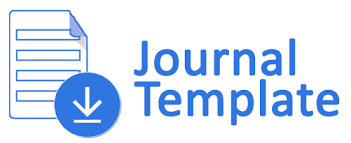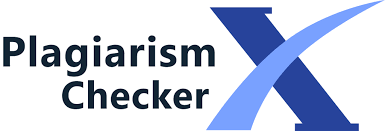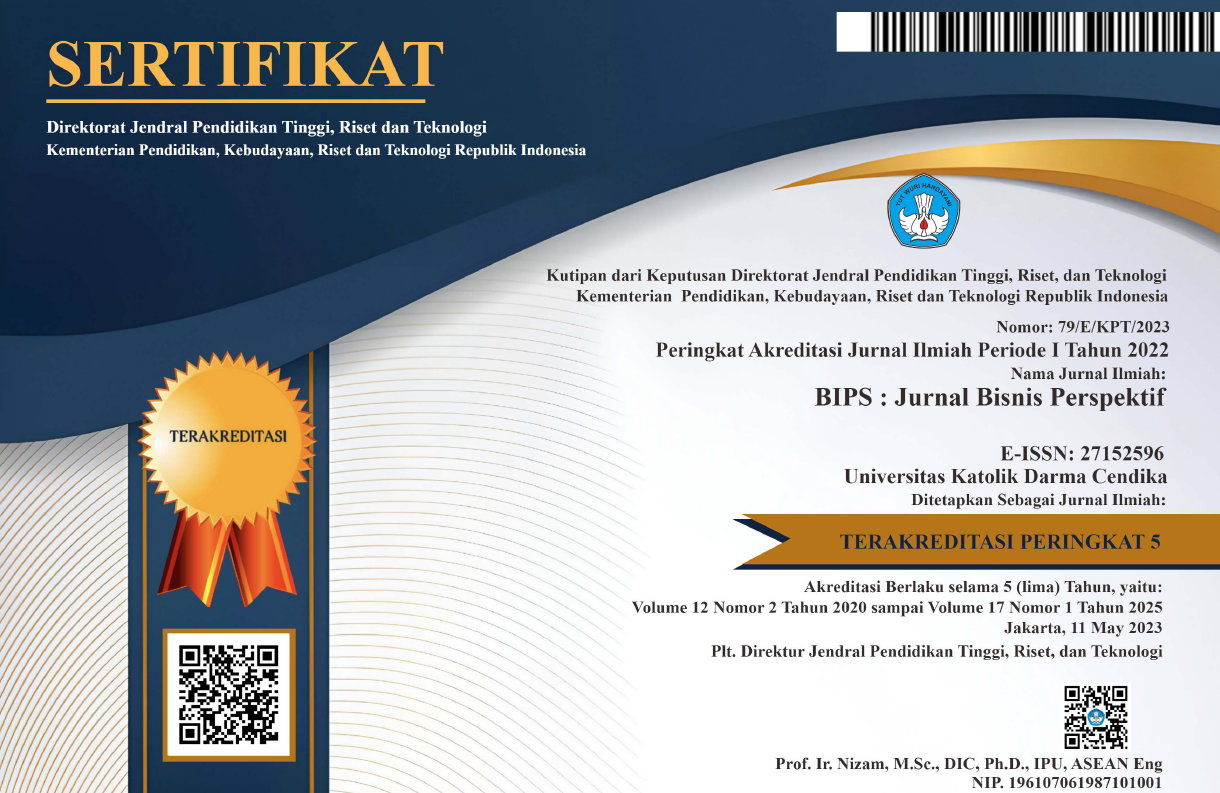Implementasi Lean Canvas Pada Entrepreneurial Project Startup Bisnis
DOI:
https://doi.org/10.37477/bip.v10i1.49Keywords:
lean canvas, lean startup, entrepreneurship learning, corporate entrepreneurship, entrepreneurial projectAbstract
The purpose of this research is to: (1) identify business model with the application of lean canvas; (2) obstacles in the application of lean canvas at the business project of students at entrepreneurial project startup business S2 Ciputra University Surabaya; (3) benefits contained in the application of lean canvas on the business project of students at entrepreneurial project startup business S2 Ciputra University Surabaya. Data collected from January 2018 to March 2018. The method used is descriptive research method with qualitative approach. The author conducted interviews with 5 informants ie business project owner. The analysis tools used are lean start up and lean canvas. Data analysis techniques used are Creswell (2014) data analysis techniques. The results in this study are (1) Student business project can be implemented in nine lean canvas blocks and can see the concept of business model easily and linkage between nine blocks in lean canvas. (2) The most difficult constraint experienced by students is when filling the unfair blocks in the lean canvas. (3) Students can easily analyze their business model in determining future strategy to know the project or business that is run effectively or not to be continued or developed based on the achievement measured in the key metric block in one of the lean canvas blocks and the profit earned in the business project which can be seen easily within the difference between the revenue stream block and the cost structure within the lean canvas.
Downloads
Published
How to Cite
Issue
Section
License
Authors publishing in this journal agree to the following terms:
- The author retains copyright and grants the journal rights of first publication with the work simultaneously licensed under a Creative Commons Attribution ShareAlike License License that allows others to share the work with acknowledgment of the author's work and initial publication in BIP's: Journal of Business Perspectives.
- Authors may include separate additional contractual arrangements for non-exclusive distribution of the published version of the journal (e.g., submit to an institutional repository or publish in a book), with an acknowledgment of the original publication in this Journal.
- Authors are permitted and encouraged to post their work online (e.g., in institutional repositories or on their websites) before and during the submission process, as it can lead to productive exchanges, as well as citations of previously published work.
Each author is expected to complete the copyright process with a document of the originality of the manuscript, the templated document is below:


7.png)


6.png)
2.png)


